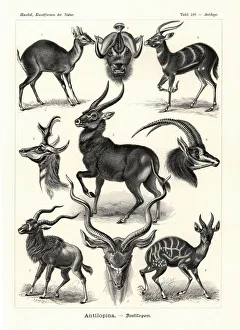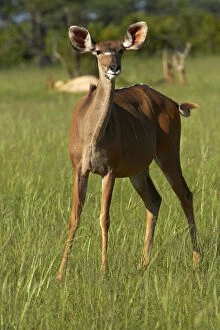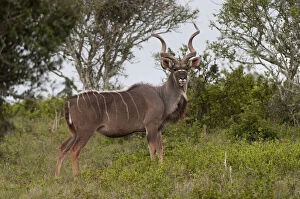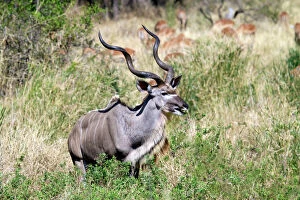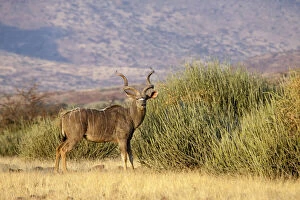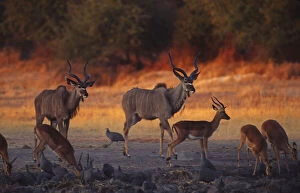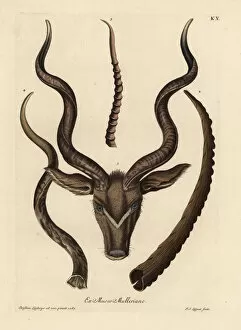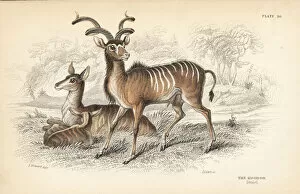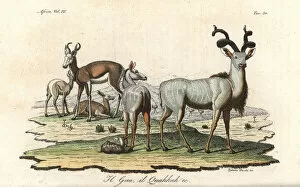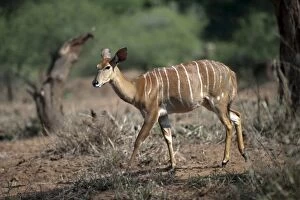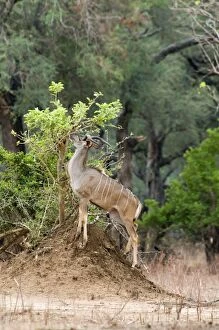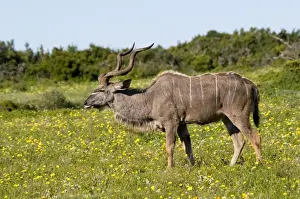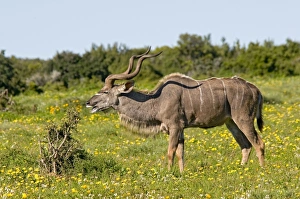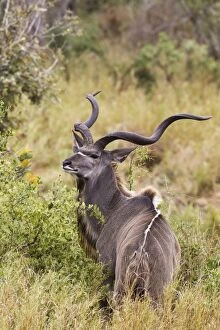Strepsiceros Collection
Strepsiceros, also known as the Antilopina antelopes, are majestic creatures that captivate with their unique features
All Professionally Made to Order for Quick Shipping
Strepsiceros, also known as the Antilopina antelopes, are majestic creatures that captivate with their unique features. With a scientific classification of DDE-90023040, these animals possess an enchanting blend of characteristics from various species. The head of a greater kudu adorns Strepsiceros' body, showcasing its regal presence. The magnificent horns resemble those of an Ibex (Capra dorcas) and kudu, adding to its allure. These distinctive traits make Strepsiceros stand out among other antelopes. DDE-90022996 highlights the individuality and importance of each member within this species. Each one possesses its own set of horns that serve both as a symbol of strength and protection against predators. These impressive appendages have evolved over time to adapt to their surroundings. As we delve deeper into the world of Strepsiceros, DDE-90022096 reveals the intricate details found on their heads. From the texture on their skin to the mesmerizing patterns formed by their fur, every aspect tells a story about survival in harsh environments. DDE-90021922 showcases how these antelopes have mastered camouflage techniques to blend seamlessly into their natural habitats. This ability allows them to navigate through dense vegetation undetected by potential threats. Intriguingly enough, DDE-90021835 suggests that Strepsiceros possess exceptional agility and speed when it comes to evading danger or chasing down prey. Their strong legs enable them to traverse vast distances effortlessly while maintaining gracefulness in every stride. Their resilience is further emphasized by DDE-90021333 which hints at how they adapt seamlessly across different terrains - be it rocky mountains or open grasslands - making them true survivors in diverse ecosystems. With such remarkable attributes come great responsibility for conservation efforts highlighted by DDE-90021277 and DDE-90021275.

